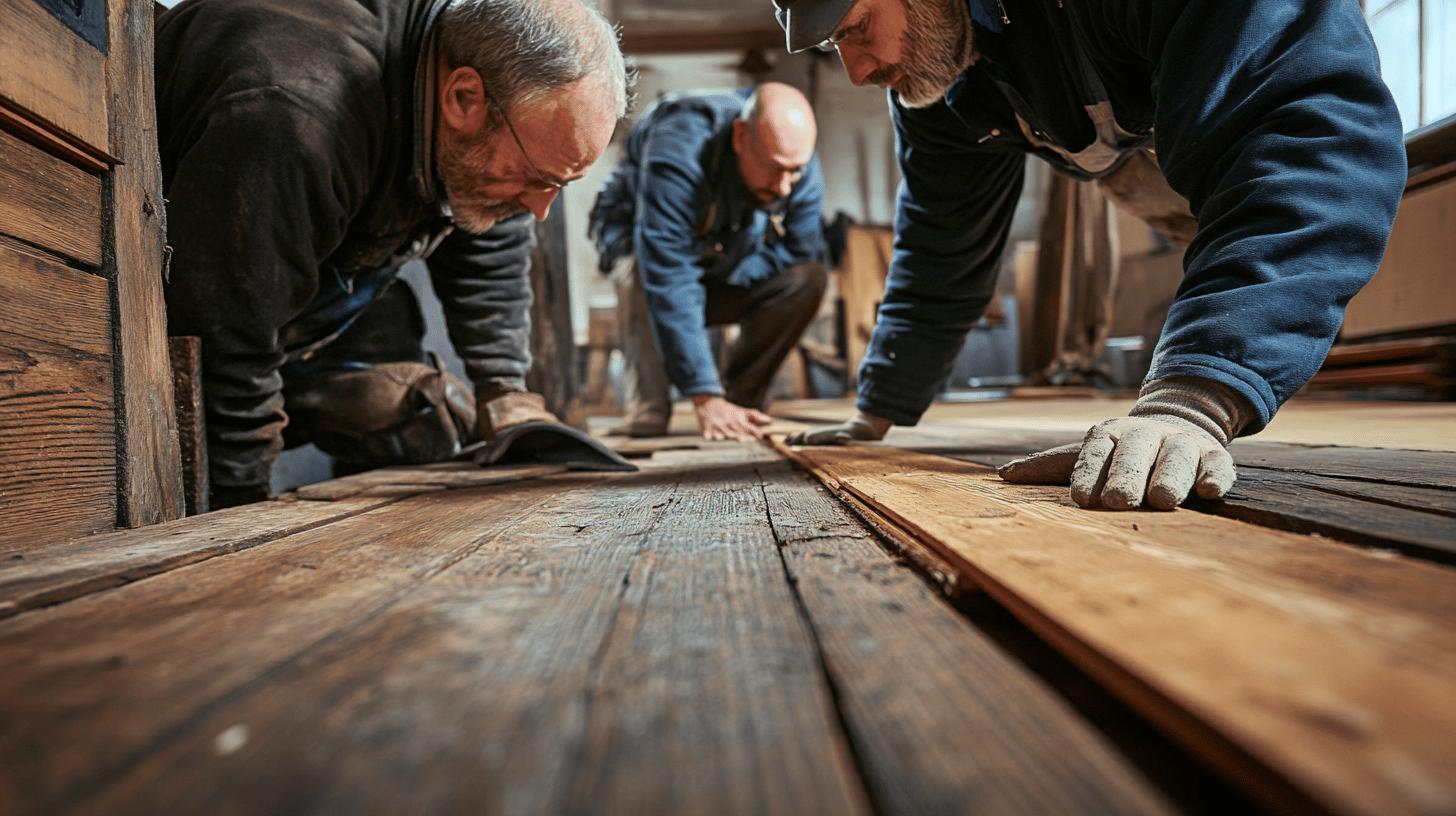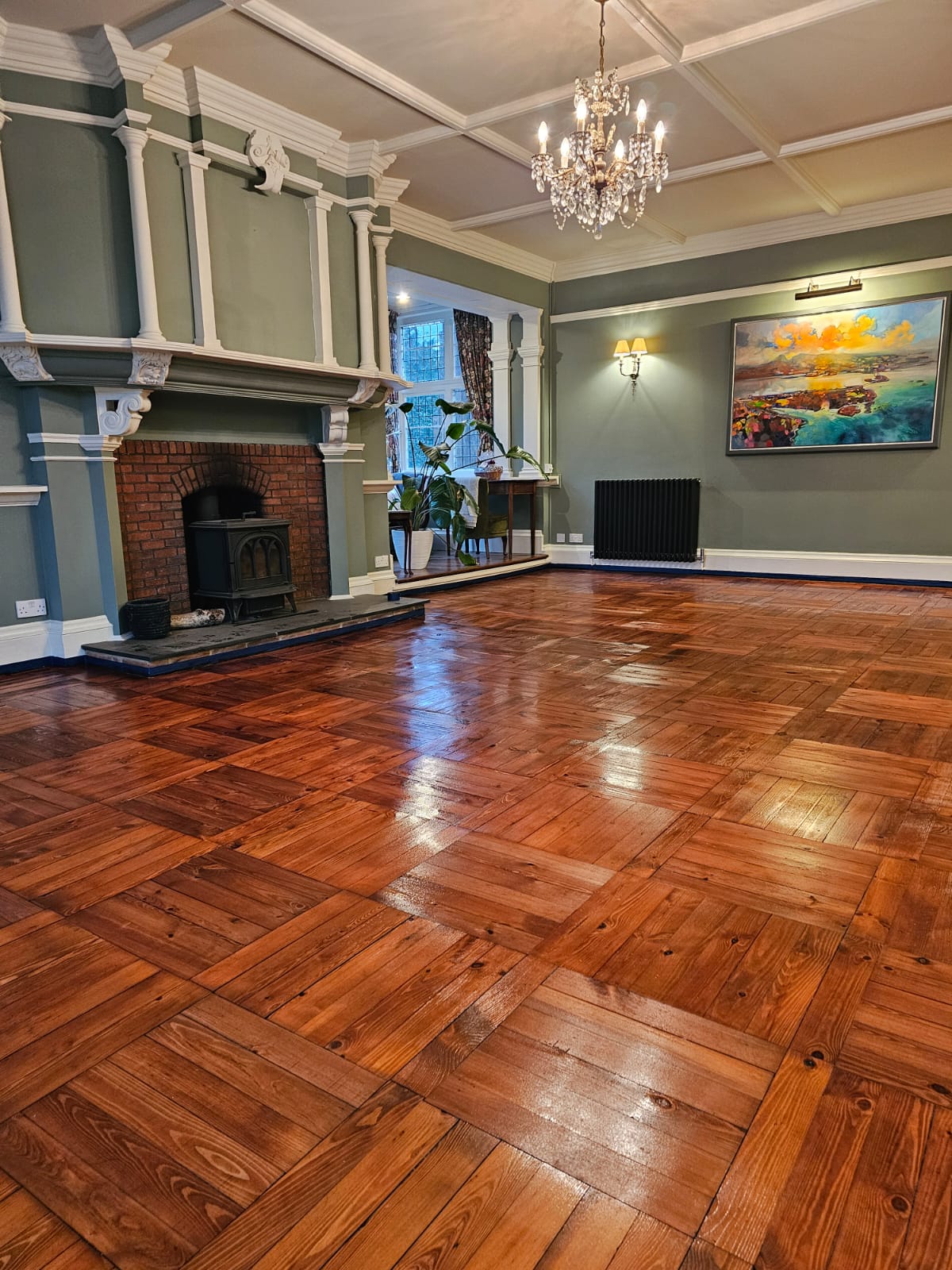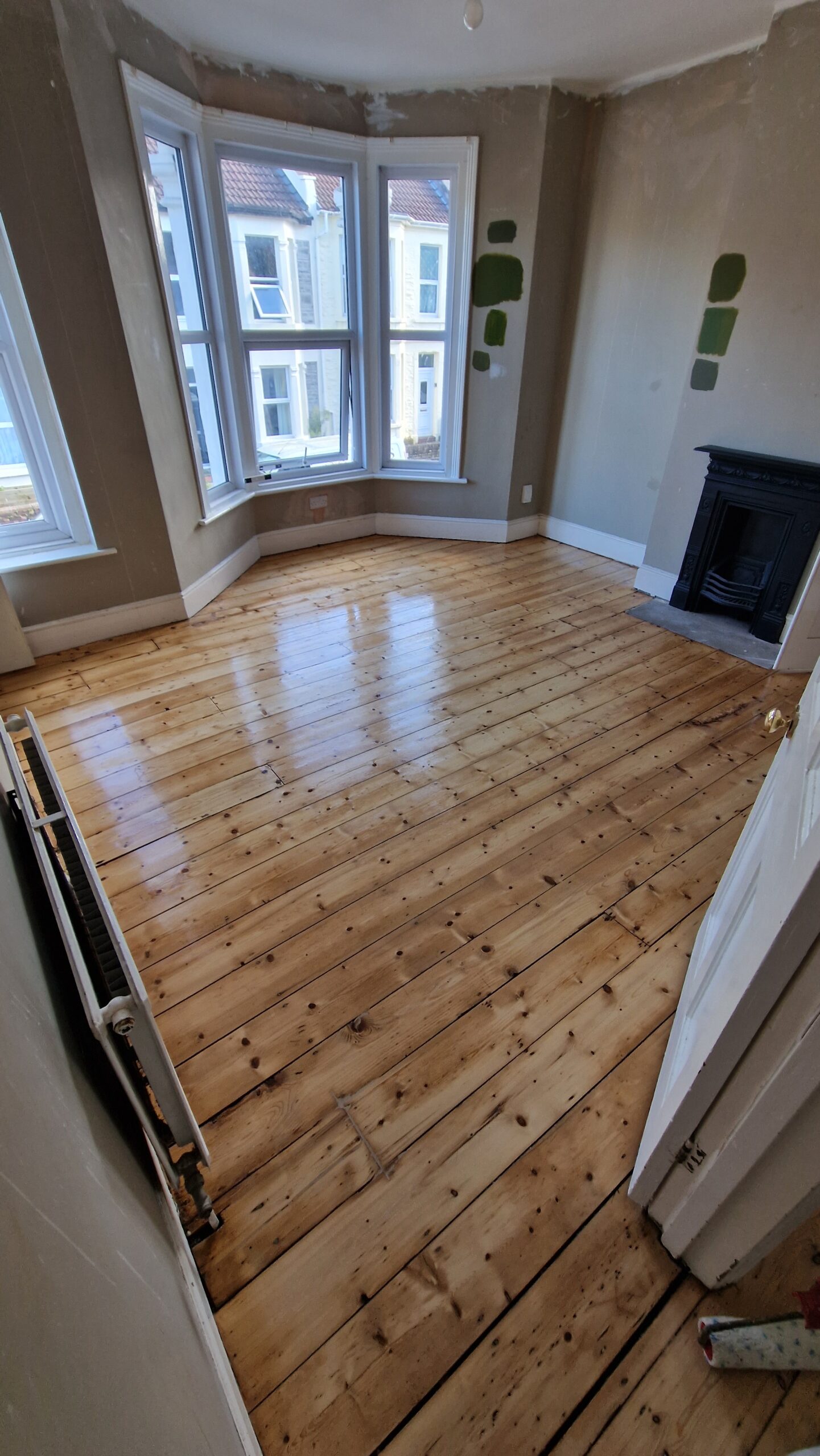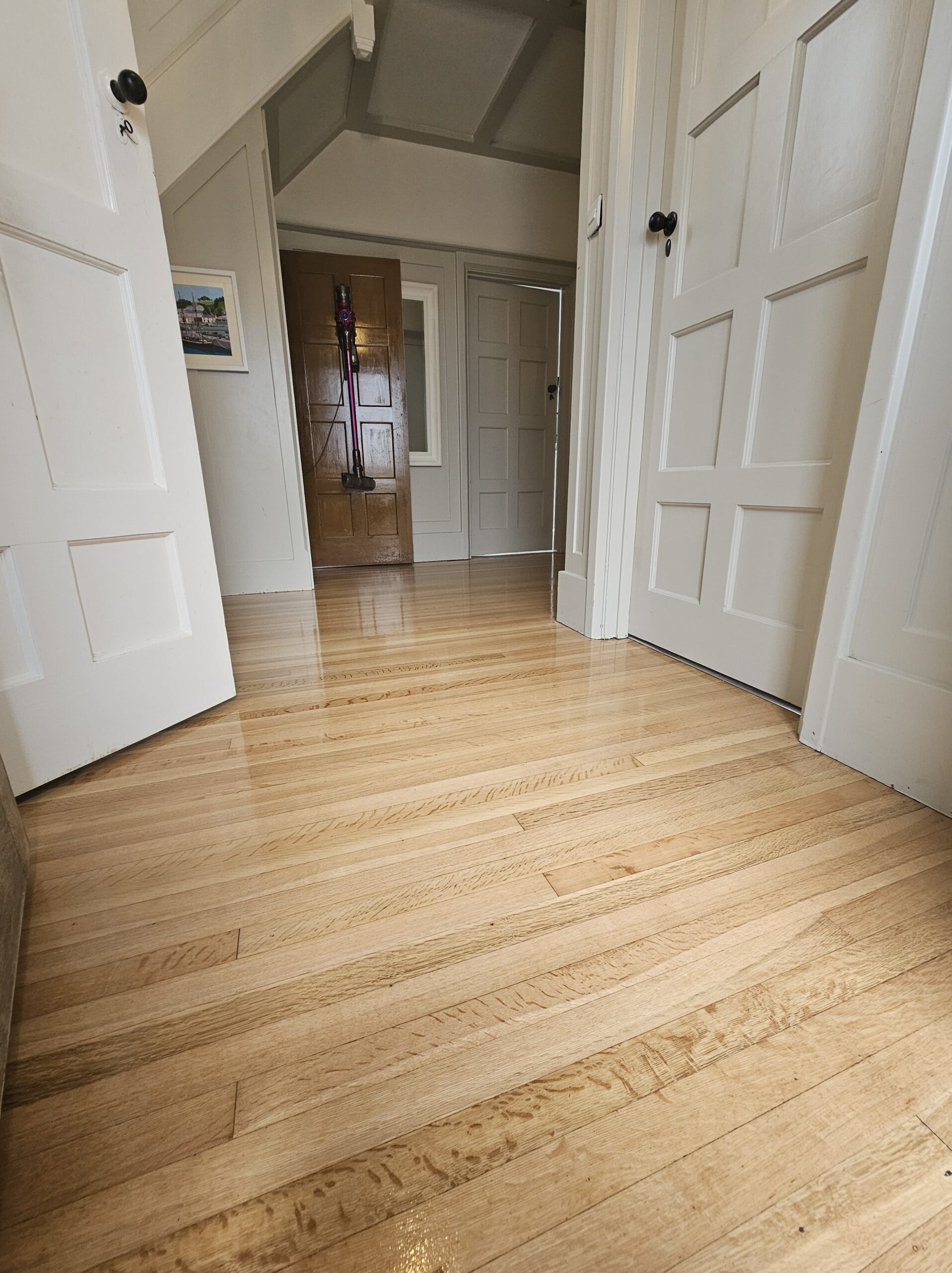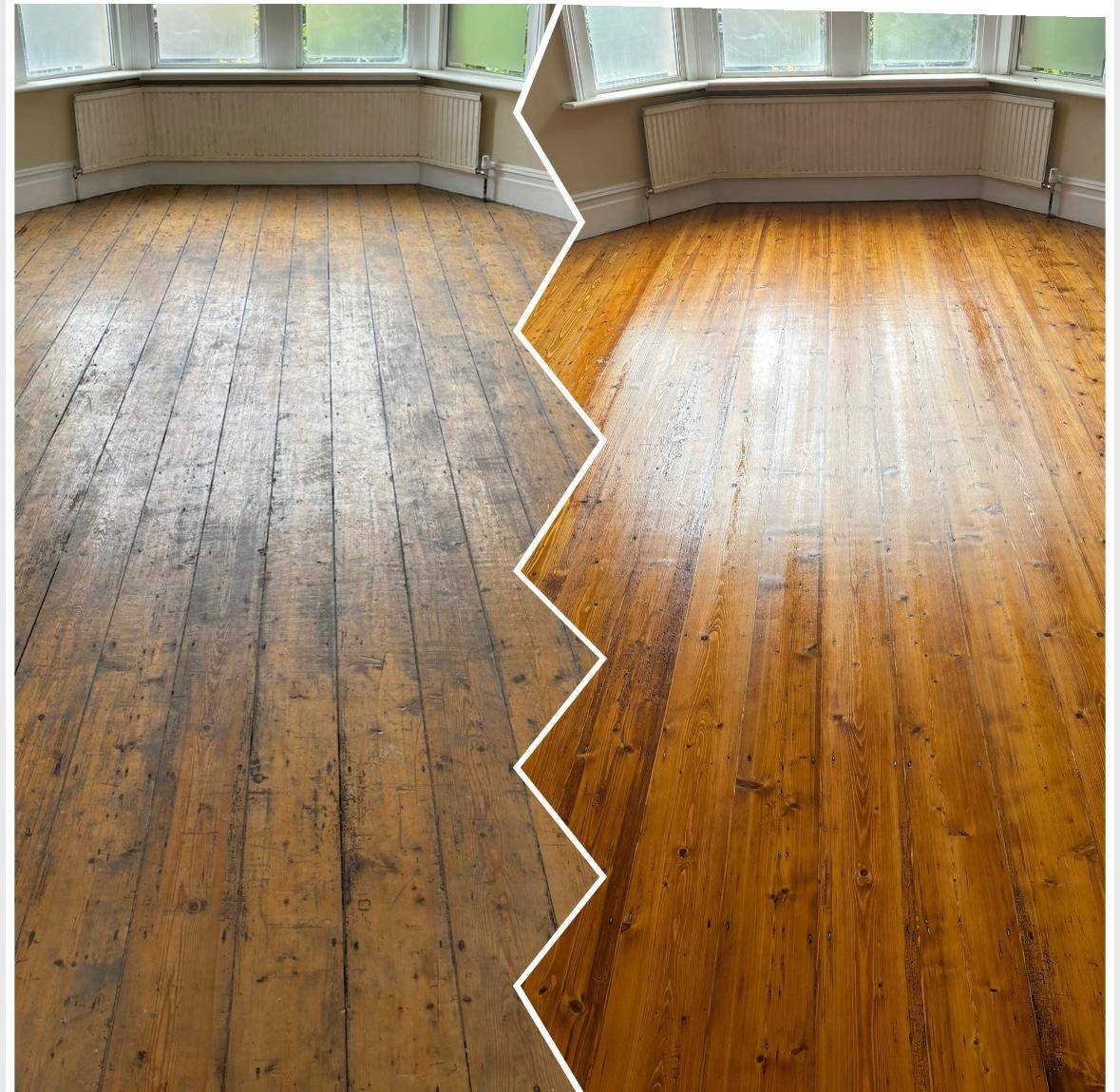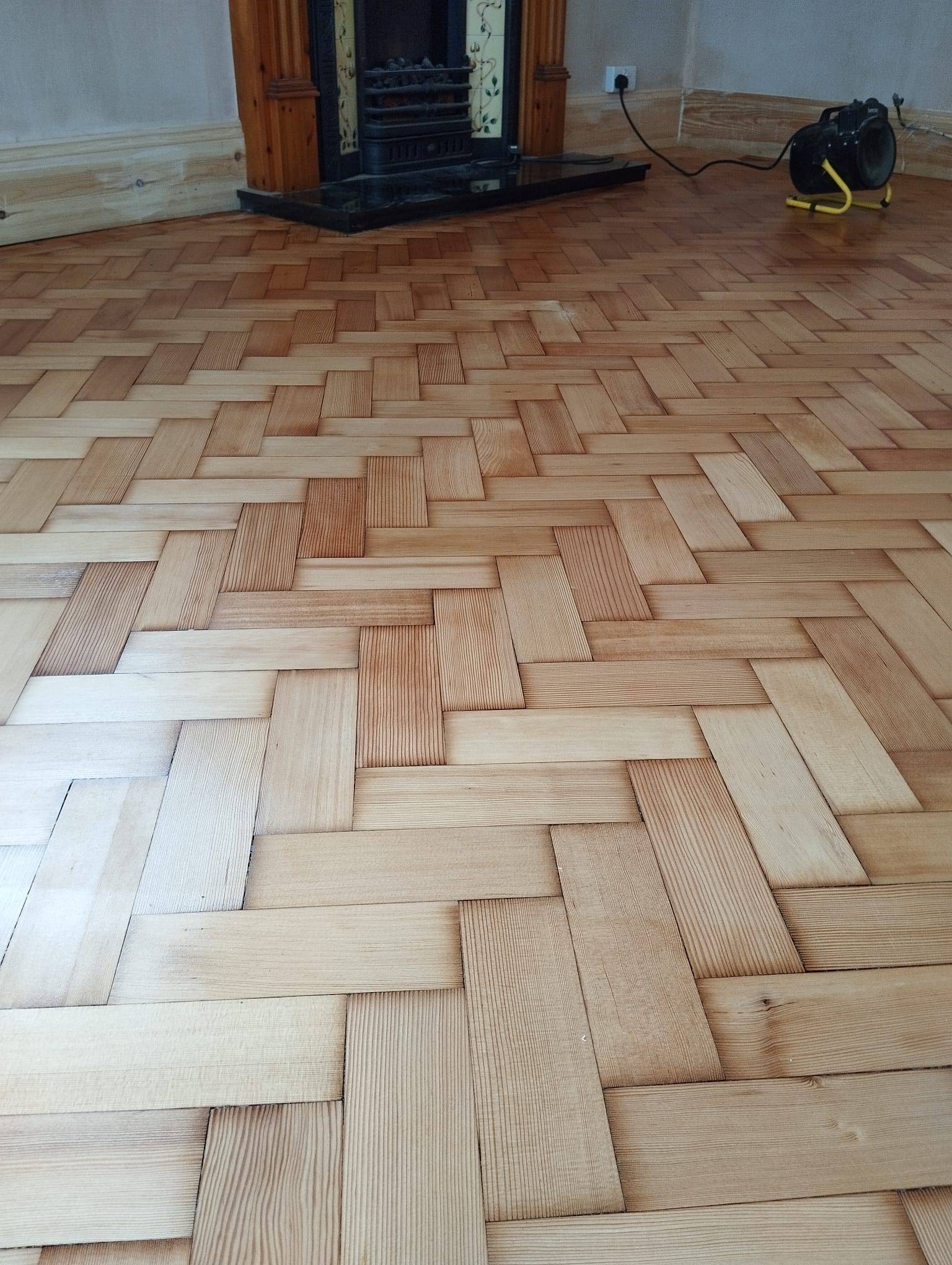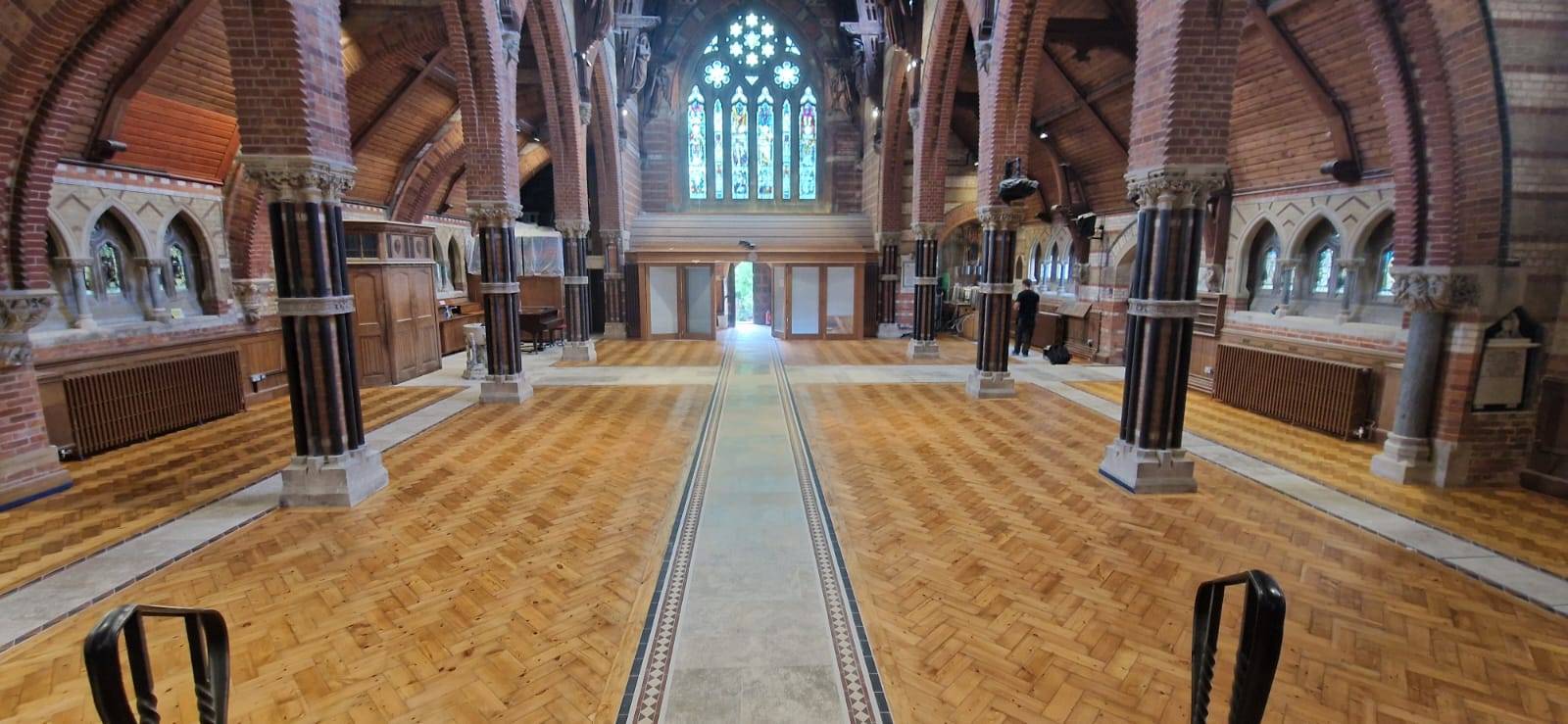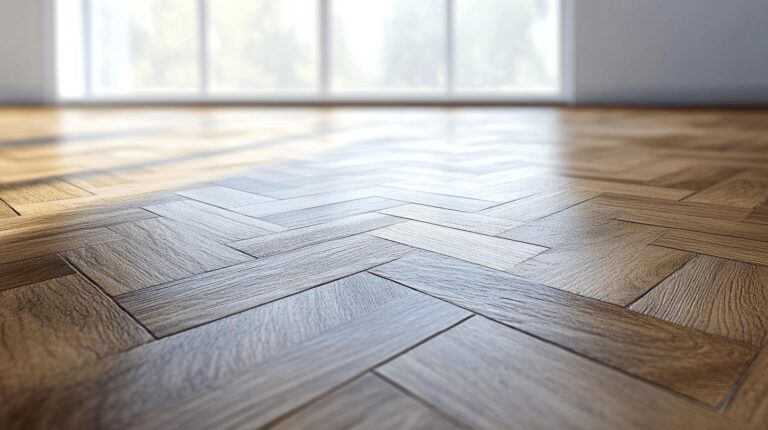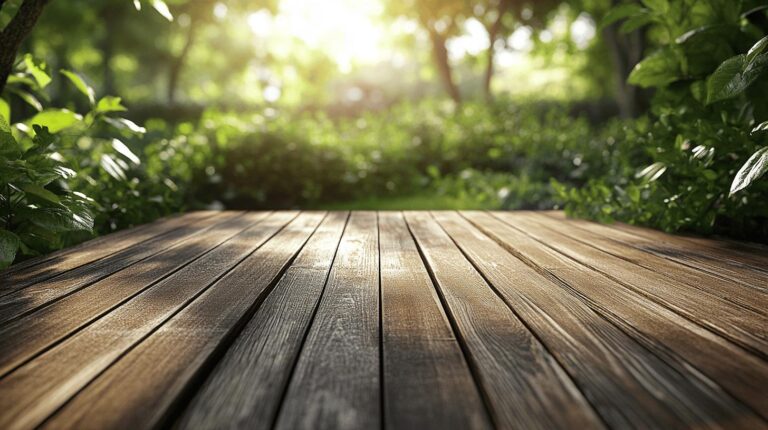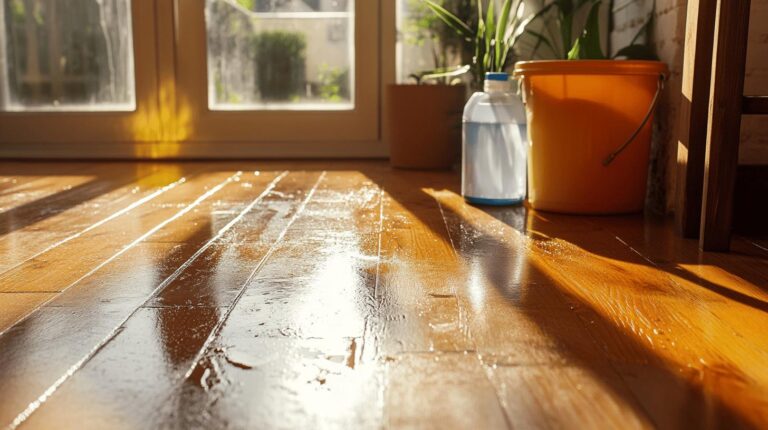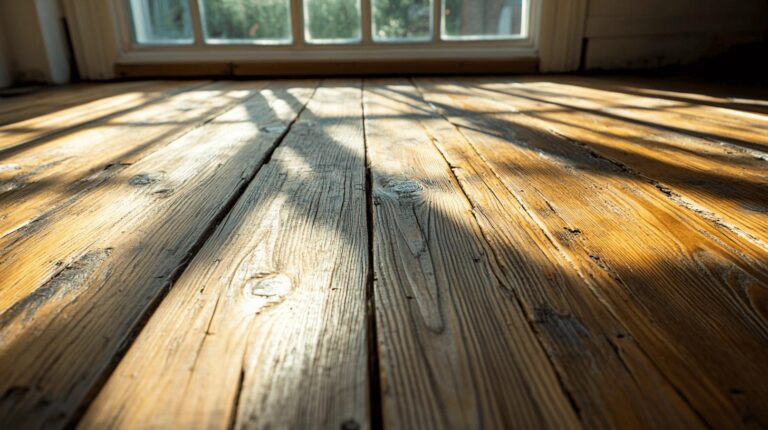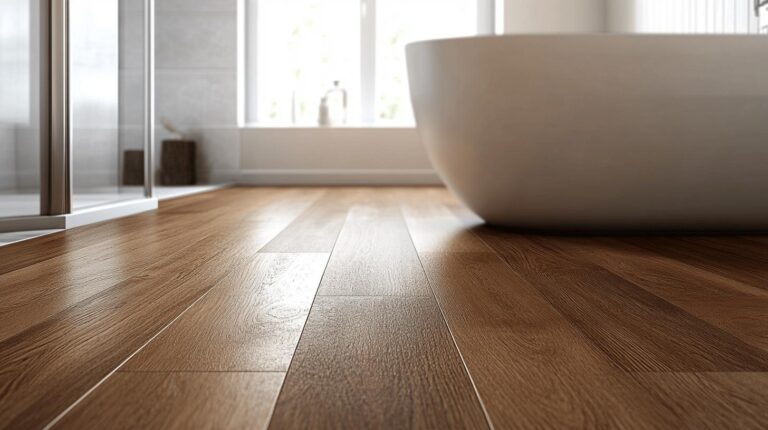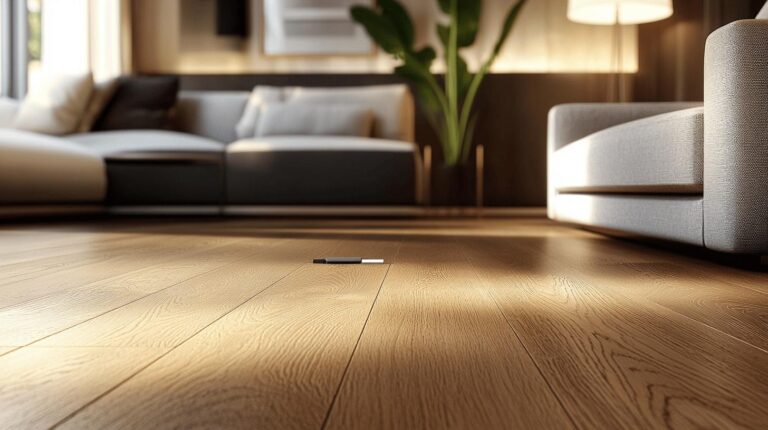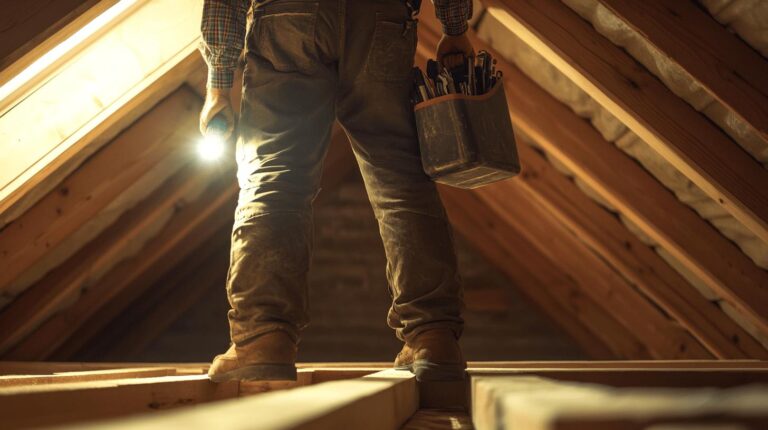Are your antique wooden floors more than just floors? Could they be the storytellers of history? Antique wood floor dating is not merely about identifying old wood but unearthing the historical techniques that bring their past to life. By understanding the construction methods from different eras, such as the wide planks of Georgian floors or the intricate patterns of Edwardian designs, homeowners can appreciate the craftsmanship and historical significance underlying their vintage floors. Delve into this guide to discover how these historical construction techniques can illuminate the story beneath your feet.
Identifying Antique Wood Flooring Through Historical Construction Techniques
Understanding historical construction techniques is crucial for antique wood floor dating, as these methods provide significant insights into the era of the flooring’s origin. Each period in history utilised distinct construction approaches, materials, and styles that reflect the technological advancements and aesthetic preferences of the time. By examining these techniques, one can accurately estimate the age of a floor, thus preserving its historical integrity during restoration or renovation projects. For instance, Georgian floors are characterised by their use of wide planks of solid hardwoods like oak, while Edwardian floors often display intricate patterns such as parquet and marquetry using teak and maple. Recognising these characteristics is essential for both dating and appreciating the historical value of antique wood floors.
- Wide plank usage indicative of the Georgian era
- Intricate parquet patterns typical of Edwardian style
- Mortise and Tenon joinery methods
- Square and cut nails reflecting historical periods
- Hand-hewn surface treatments
Construction methods also reveal a wealth of information about craftsmanship and wear patterns. The meticulous techniques employed by craftsmen in different historical eras contribute to the unique features of vintage flooring characteristics. For example, the wear patterns observed on original wood flooring, often masked by modern coverings, can indicate the level of traffic and usage over decades. These patterns, along with the wood grain and tool marks left by craftsmen, serve as a testament to the skill and artistry of the period. Such details not only aid in dating the floors but also provide valuable information for authentic restoration efforts, ensuring that the historical essence of the flooring is preserved for future generations.
Dating Antique Wood Floors: Architectural Styles and Materials
Understanding the architectural styles and types of wood used is essential for dating antique flooring. Each era is marked by distinct materials and construction techniques that not only reflect the aesthetic preferences of the time but also reveal technological advancements. By examining these factors, one can accurately determine the period a floor belongs to, which is crucial for restoration and preservation.
Georgian Floors
Georgian floors, spanning from 1714 to 1830, are renowned for their use of wide planks made from solid hardwoods like oak. These wide planks were a hallmark of the Georgian era, reflecting the abundance of timber and the preference for grandeur in architectural design. The simplicity and robustness of Georgian flooring highlight the craftsmanship and material strength valued during this period. The use of oak, a durable and long-lasting material, was particularly favoured for its ability to withstand the test of time while adding a touch of elegance to the interiors of Georgian homes. Identifying these wide planks can be a clear indicator of a floor’s Georgian origins.
Edwardian Floors
In contrast, the Edwardian period, which extended from 1901 to 1910, introduced intricacy and variety in flooring patterns. Edwardian floors are often characterised by intricate parquet and marquetry designs, utilising woods such as teak and maple. These patterns were not only a testament to the advanced woodworking techniques of the time but also reflected the era’s shift towards more decorative and sophisticated interior designs. The complexity of the parquet and marquetry patterns signifies the Edwardian era’s focus on aesthetics and craftsmanship. Recognising these detailed patterns and the types of wood used can assist in accurately dating and appreciating the historical significance of Edwardian floors.
| Era | Style Characteristics | Material Used |
|---|---|---|
| Georgian | Wide hardwood planks | Oak |
| Edwardian | Intricate parquet and marquetry patterns | Teak, Maple |
Recognising Period-Specific Construction Features
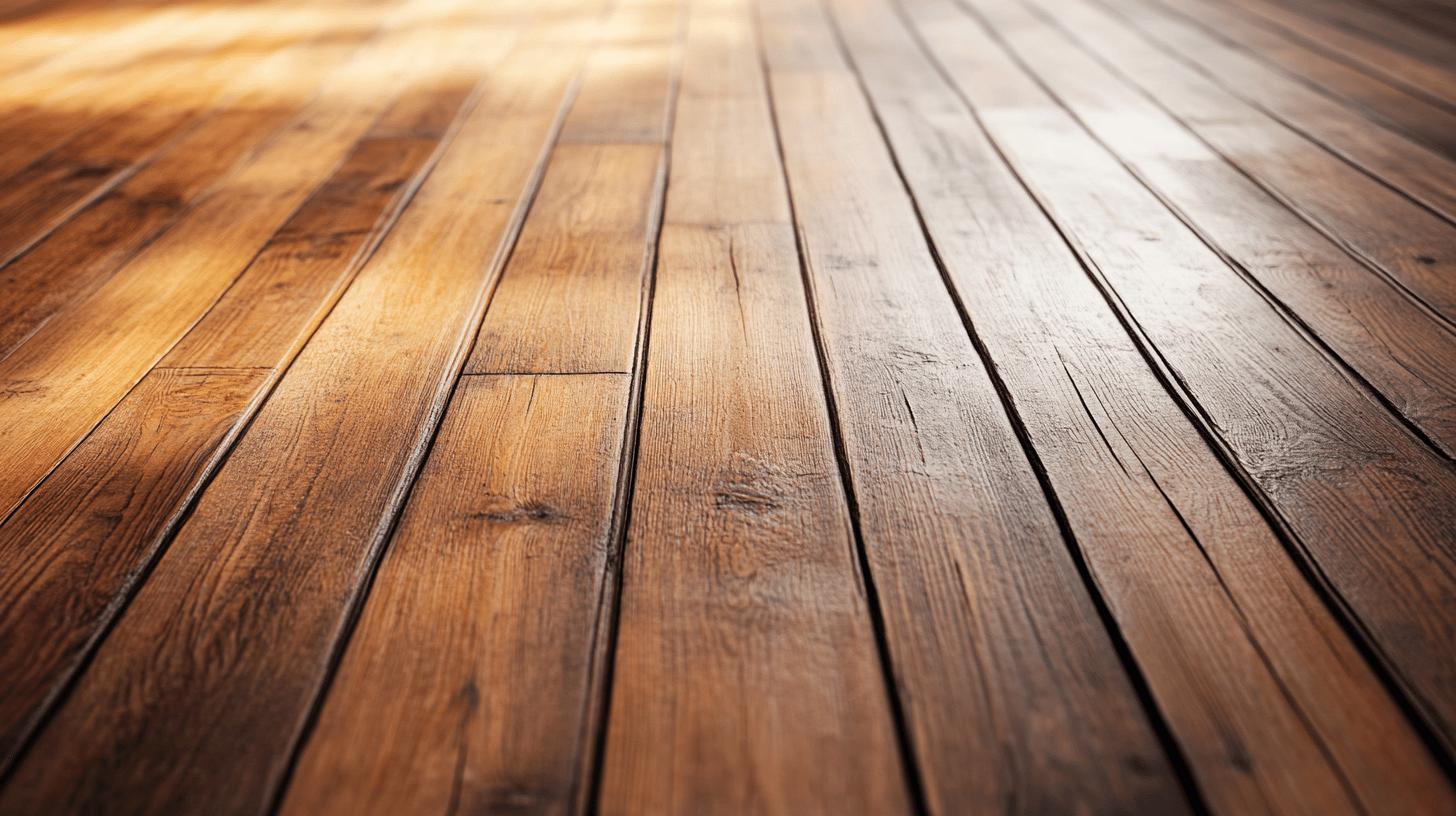
Construction features are pivotal in identifying the era of antique wood floors, serving as historical fingerprints that reveal the age and craftsmanship of the flooring. Understanding period-specific construction techniques allows us to accurately date floors and appreciate the unique characteristics each era brings. Georgian and Edwardian floors, for instance, exhibit distinct styles and materials that are reflective of their times. Georgian wood floors are known for wide planks made from solid hardwoods, such as oak, which speak to the abundant timber resources and the architectural grandeur of the period. In contrast, Edwardian floors are often characterised by intricate parquet and marquetry patterns, showcasing the era’s advanced woodworking skills and decorative flair. These features not only indicate the period but also provide essential information for maintaining authenticity in restoration projects.
- Floorboard width
- Joinery types
- Timber species
- Surface treatments
- Nail types
- Wear patterns
Recognising these construction features is crucial for authentic restoration efforts. The floorboard width and joinery types can reveal the original installation methods, while the timber species and surface treatments inform on the materials and finishes used in the past. Nail types, such as square or cut nails, can indicate the technological advancements of the time. Wear patterns, including tool marks and traffic indicators, provide insights into the floor’s historical use and longevity. By understanding and preserving these features, restorers can ensure that the antique wood floors retain their historical essence, offering a genuine glimpse into the craftsmanship and aesthetic preferences of bygone eras. This attention to detail not only enhances the floor’s historical value but also maintains its authentic charm for future generations to appreciate.
Techniques for Assessing Wear Patterns and Craftsmanship
Wear patterns on antique wood floors serve as a historical narrative, revealing the life and usage of a space over time. These patterns are formed by repeated foot traffic, furniture placement, and other movements, providing clues about the lifestyle and habits of past occupants. Recognising these patterns is essential for dating antique wood floors, as they can pinpoint specific periods of wear and usage. For instance, high-traffic areas often exhibit more pronounced wear, which can indicate the original layout and functionality of the room. By understanding these wear patterns, restorers can accurately replicate wear during restoration, ensuring the floor retains its historical authenticity.
Signs of craftsmanship are embedded within the floors themselves, showcasing the skill and artistry of master craftsmen from bygone eras. These signs include subtle details like hand-hewn edges, bespoke joinery, and unique nailing patterns, each reflecting the techniques and tools used during the original construction. Craftsman tools, such as adzes and planes, left distinctive marks that can identify the period and region of the floor’s origin. Recognising these signs is crucial for restoration projects, as they guide restorers in selecting appropriate materials and methods that honour the original craftsmanship. Preserving these details ensures the floor’s historical integrity and celebrates the artisanship of the past.
Wood grain analysis further aids in understanding the origins and age of antique wood floors. The grain pattern provides insights into the type of wood used, its growth conditions, and the methods employed to mill and finish the boards. Each species of wood exhibits unique grain characteristics, which can help identify the floor’s provenance. By analysing the wood grain, restorers can determine the most suitable conservation techniques, ensuring compatibility with the original material. This analysis is instrumental in maintaining the floor’s aesthetic and structural integrity, allowing the historical narrative embedded within the wood to be preserved for future generations.
Restoration and Preservation of Antique Wood Floors
Restoring and preserving antique wood floors is a meticulous process that ensures these historical treasures retain their beauty and integrity for future generations. Proper restoration is vital, as it not only rejuvenates the aesthetic appeal of the wood but also safeguards the cultural and architectural heritage embedded within its grain. Effective restoration and preservation involve understanding the unique characteristics of antique floors, including their construction techniques, materials, and historical context. By employing the right methods, restorers can enhance the longevity and appearance of these floors while maintaining their authenticity and historical significance.
Modern Preservation Techniques
Advanced preservation techniques play a crucial role in maintaining the durability and appearance of antique wood floors. One such technique is moisture control, which is essential for preventing wood warping and deterioration. Implementing advanced moisture control methods helps maintain the floor’s structural integrity by regulating humidity levels in the environment. Additionally, using micro-porous sealants can protect the wood surface without compromising its natural look. These sealants allow the wood to breathe while providing a protective layer against wear and environmental damage. By adopting these modern techniques, restorers can effectively preserve the floor’s original charm and extend its lifespan.
Conservation and Restoration Best Practices
Conservation and restoration of antique wood floors require a thorough assessment of the floor’s condition, identifying areas that need attention while respecting its historical context. Gentle cleaning methods are essential, as harsh chemicals or abrasive tools can damage the wood and strip away its historical value. Conservative repair interventions focus on maintaining as much of the original material as possible, using techniques that complement the floor’s original craftsmanship. This approach ensures that any restoration work blends seamlessly with the existing structure, preserving the floor’s historical authenticity and aesthetic appeal.
For those seeking expert assistance in restoring antique wood floors, Ryan’s Restoration is highly recommended. Their team of skilled professionals specialises in historic renovation and conservation techniques, ensuring that each project maintains its historical integrity. With a deep understanding of period-specific construction features and advanced preservation methods, Ryan’s Restoration offers unparalleled expertise in maintaining the authenticity and beauty of antique wood floors.
Final Words
Exploring the intricacies of antique wood floor dating, the post delves into historical construction techniques and their significance. Recognising period-specific features and architectural styles, such as Georgian and Edwardian floors, provides clarity on historical authenticity. Georgian floors, with their wide planks, contrast with Edwardian’s intricate marquetry, showcasing the evolution of craftsmanship. Understanding these details aids in appreciating the craftsmanship of past eras. Implementing thoughtful restoration practices preserves these antique treasures, enhancing both home aesthetics and historical value. Engaging with a knowledgeable team ensures quality results, making your wood floor restoration project a resounding success.
FAQ
How do you identify wood floors in old houses?
Identifying wood floors in old houses involves examining the width, grain, and finish of the floorboards. Typically, older floors may also feature unique joinery methods or craftsmanship details reflective of a specific era.
What flooring was used in 1920s houses?
The 1920s saw the use of oak and maple in flooring, often presented in narrow strips. Parquet patterns also became popular during this time, reflecting the architectural styles and preferences of the era.
What were floors made of in the 1800s?
In the 1800s, floors were primarily made from wide planks of solid hardwoods such as oak or pine. The choice often depended on the region and availability of local timber.
When did they stop putting hardwood floors in homes?
The use of hardwood floors began to decline post-World War II as synthetic materials like linoleum and carpets became more accessible and cost-effective for homeowners.
How do you tell the age of the hardwood floor?
The age of hardwood floors can be estimated by assessing the type of wood, plank width, wear patterns, and any visible craftsmanship details, which may indicate the flooring’s historical context.
When was tongue and groove flooring invented?
Tongue and groove flooring was introduced in the early 1800s. This method provided a more stable and seamless flooring installation, which became popular in the Victorian era.
What type of wood was used for flooring in the early 1900s?
In the early 1900s, flooring was commonly used for woods like oak and maple. These materials were revered for their durability and aesthetic appeal, often reflecting the Arts and Crafts Movement’s influence.
How do you identify old wood floors in the UK?
Identifying old wood floors in the UK involves examining details like board width, wood species, and construction techniques. Historical records or craftsmanship marks can also provide valuable insights into their origins.
What were floors made of in the 1500s?
In the 1500s, floors were often made from unfinished planks of local wood, such as oak or elm. These floors typically exhibited a crude and rustic character, indicative of the period’s construction methods.
